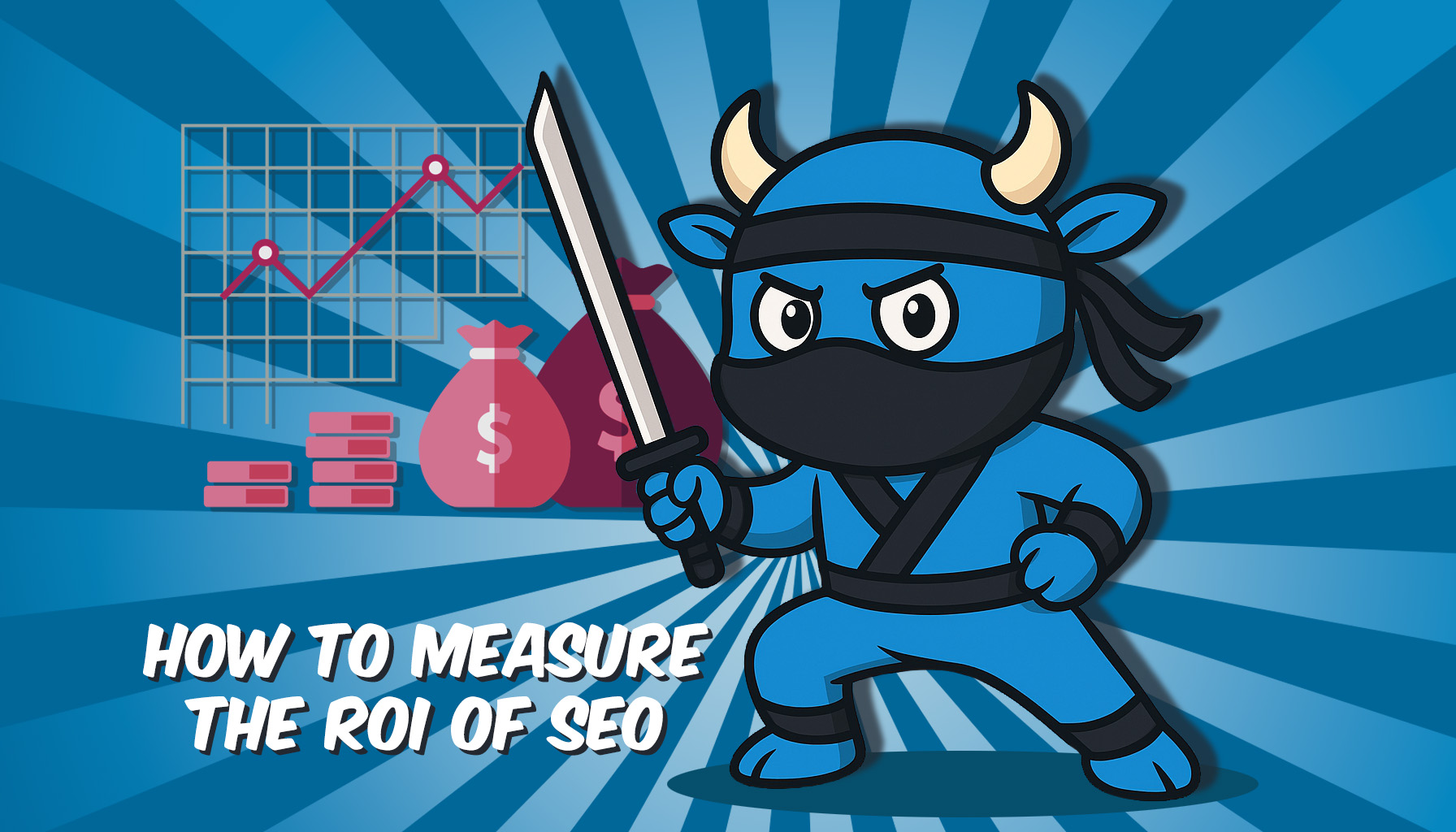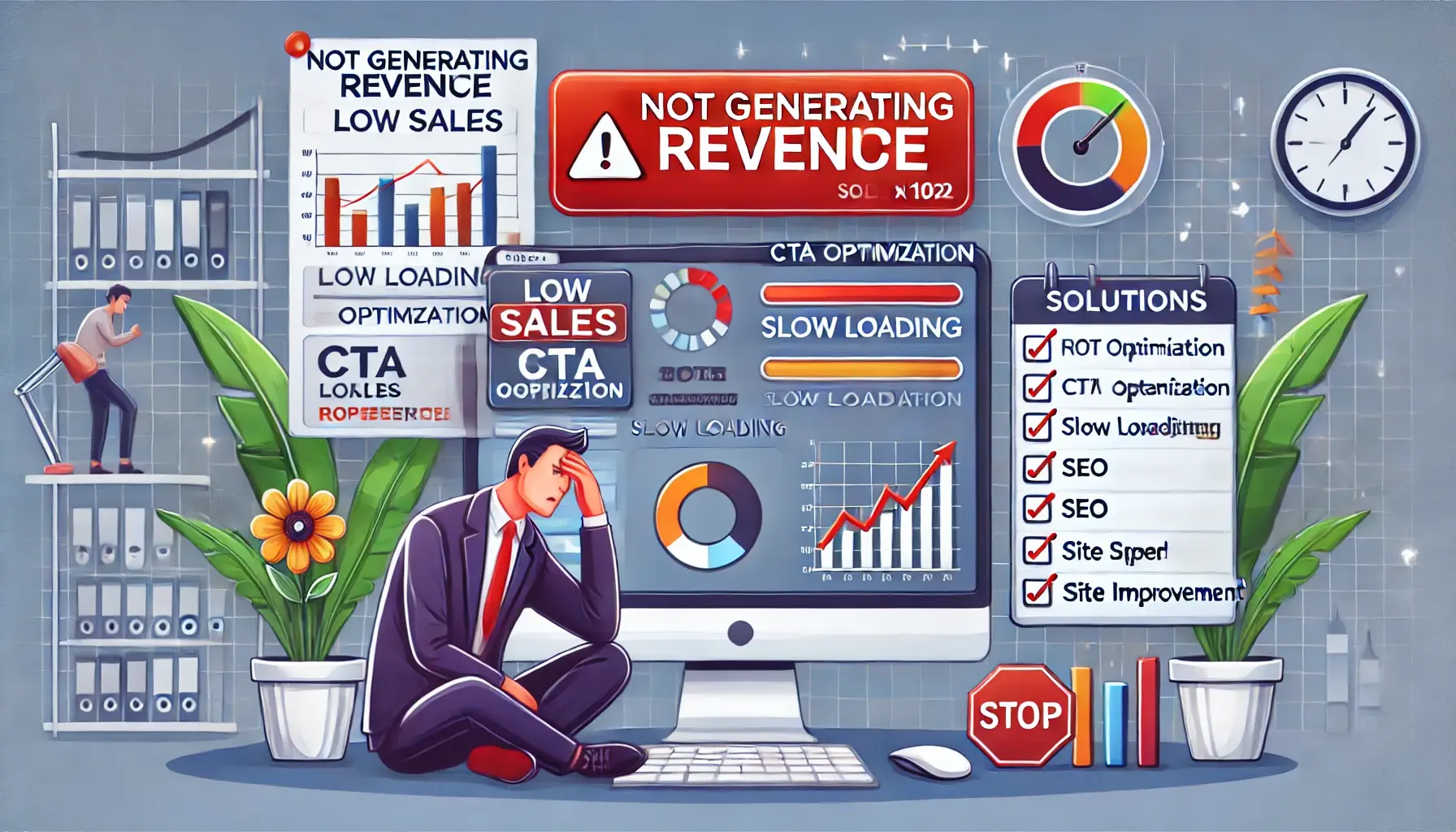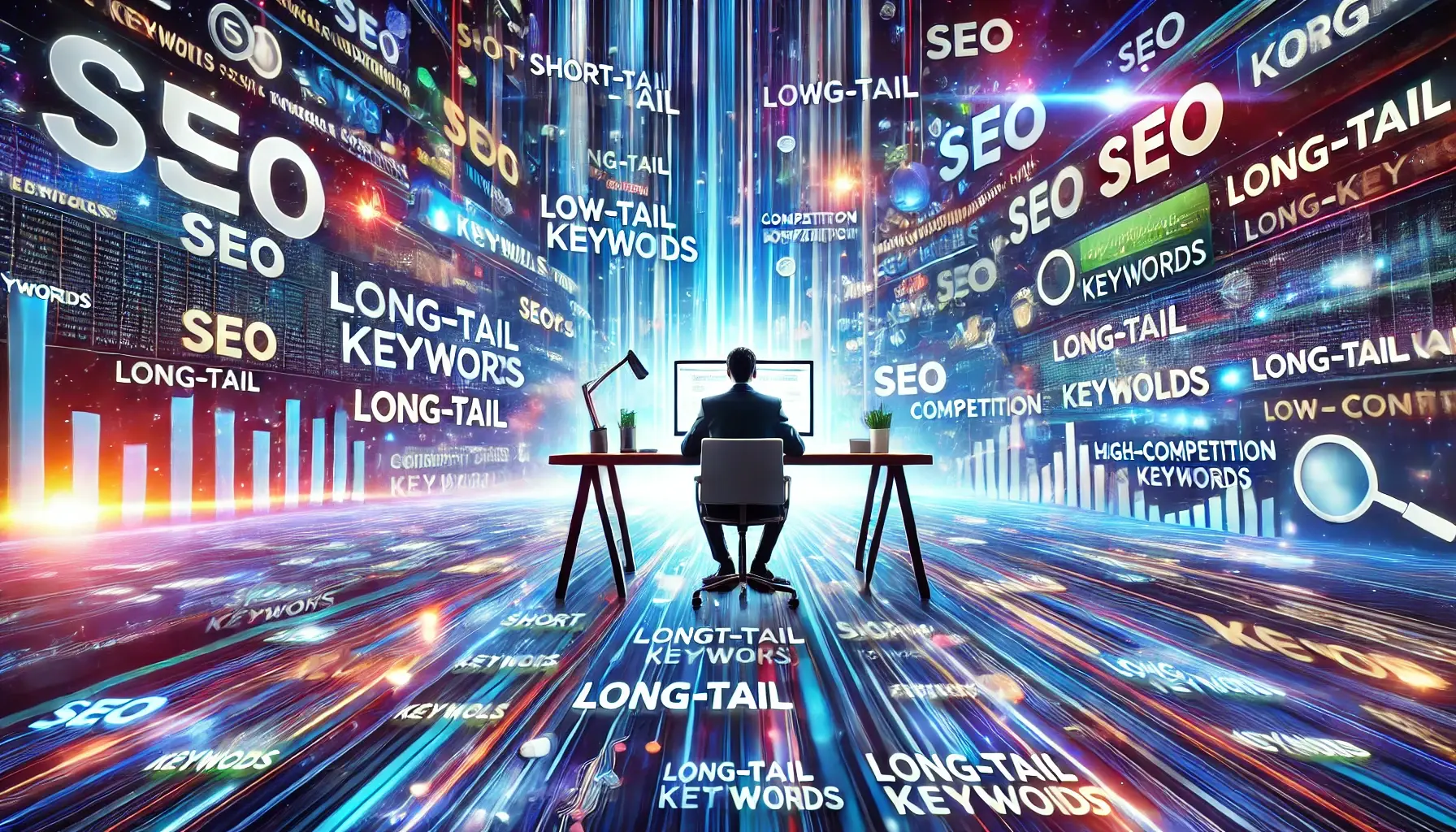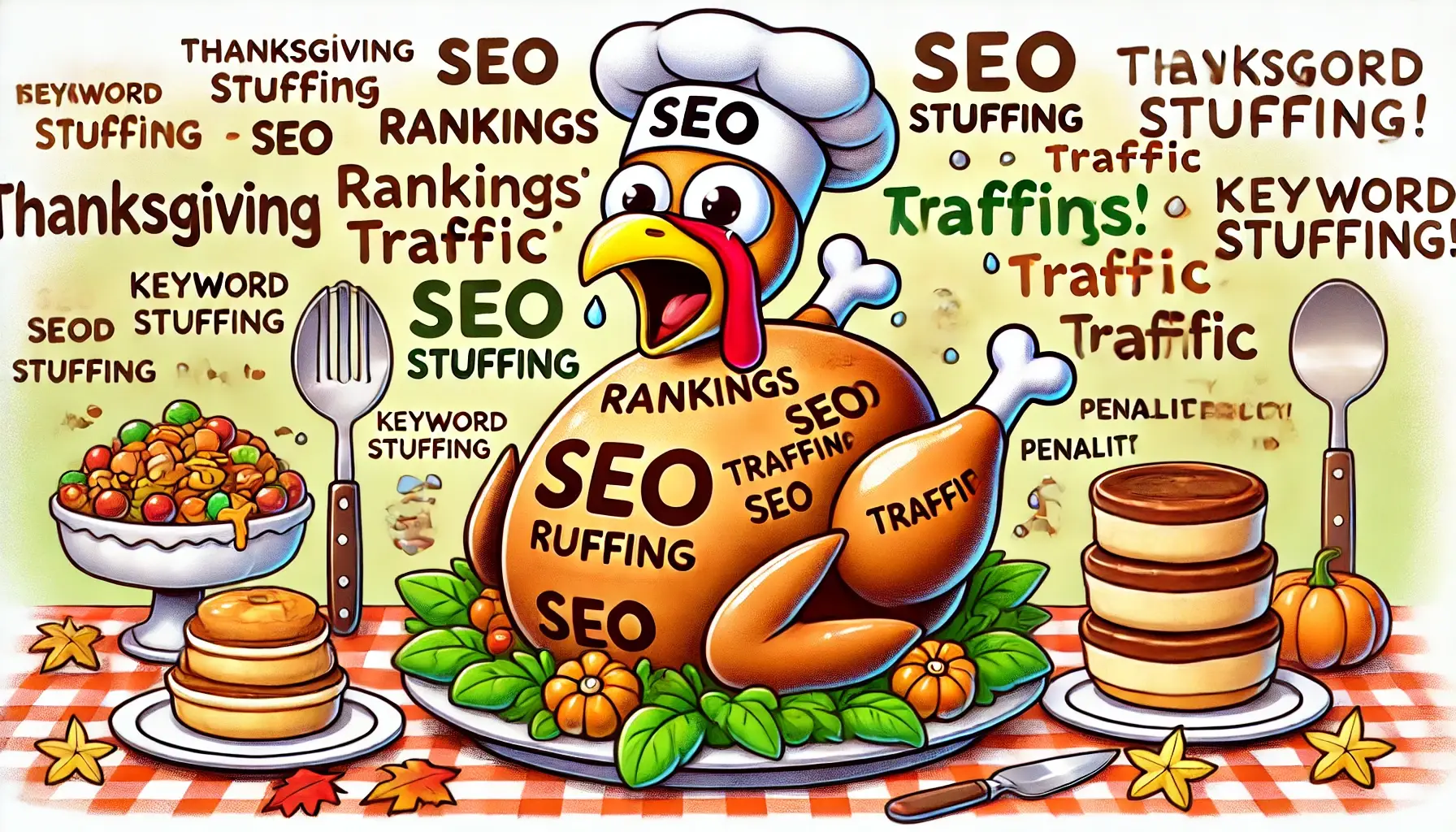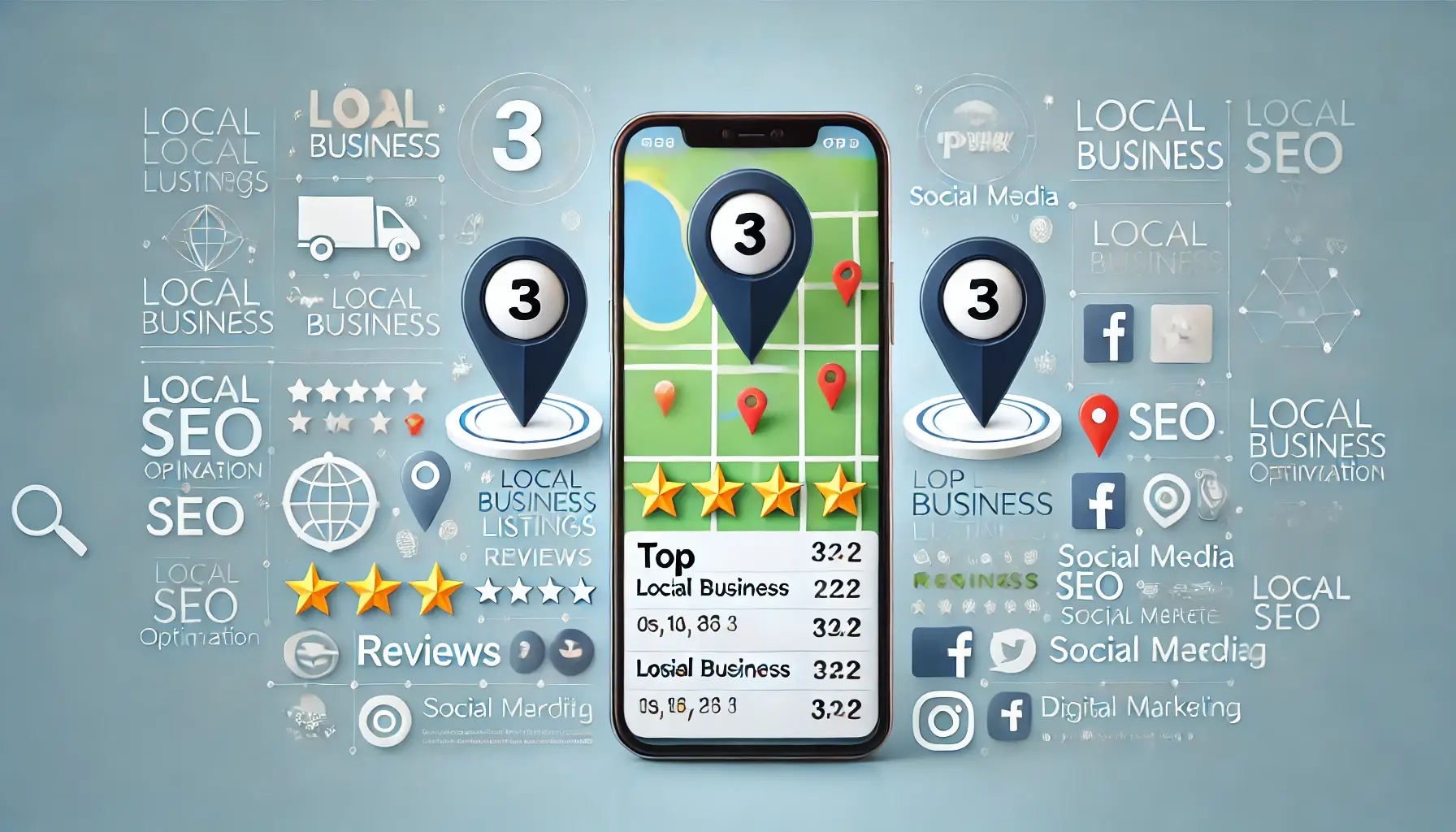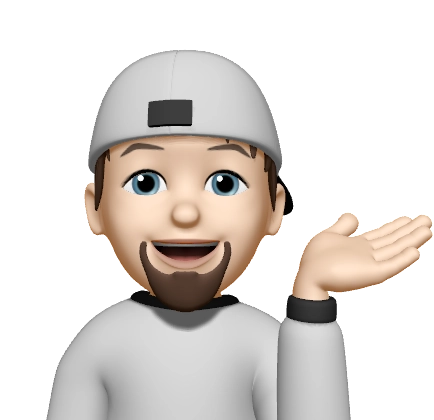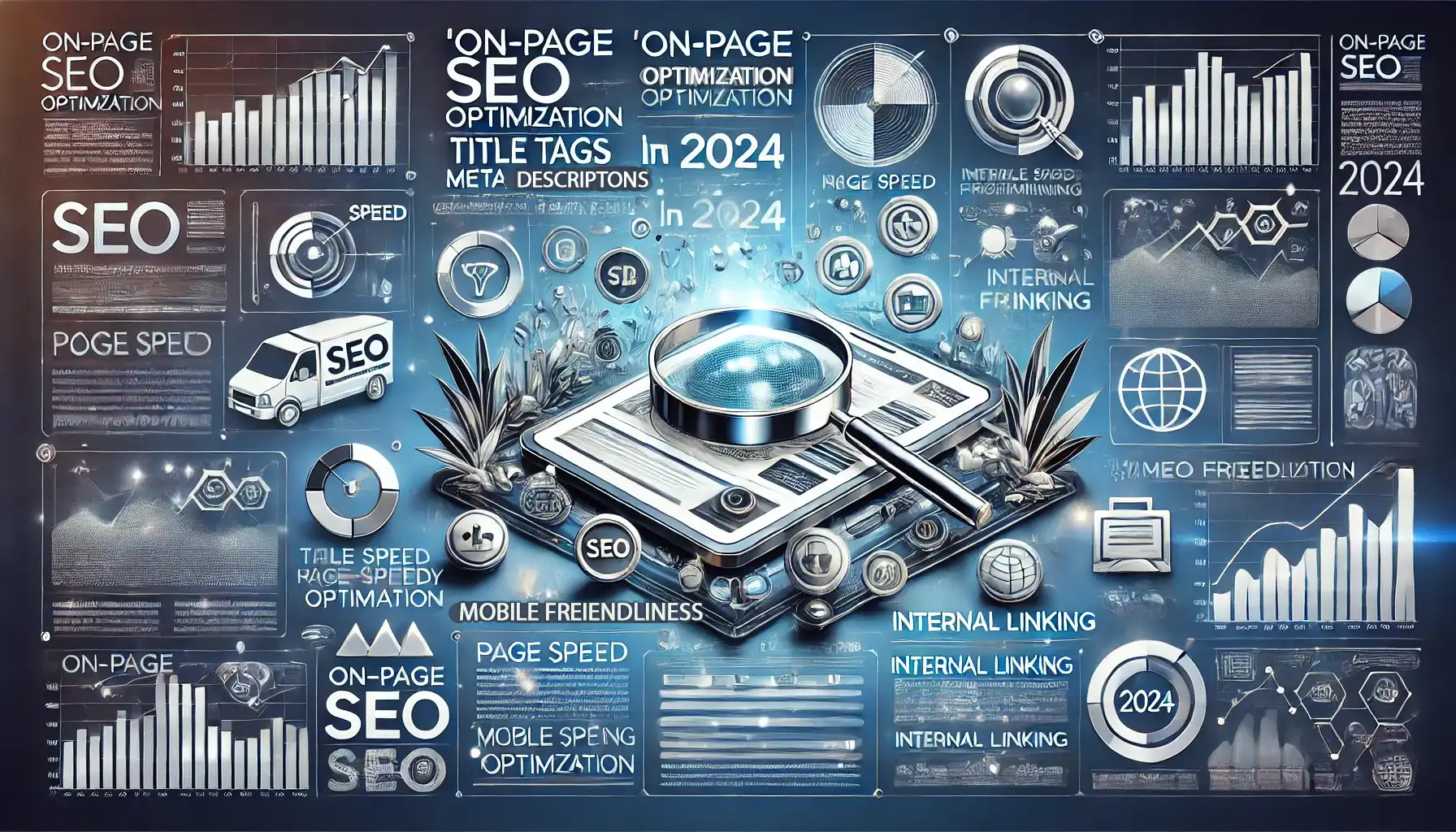
In the grand circus of SEO, on-page optimization is the tightrope walker—balancing content, keywords, and user experience while trying not to fall into the abyss of irrelevance. But what exactly is on-page SEO, and how do you master it in 2024? Fear not, dear reader; we're about to embark on a journey through the essential elements of on-page SEO with just the right mix of humor and seriousness.
1. What Is On-Page SEO?
On-page SEO is like setting the stage for a Broadway show. You’ve got the script (content), the actors (keywords), and the stage design (technical elements). If everything aligns perfectly, your target audience (Google and other search engines) will give you a standing ovation—by ranking your website higher.
In simpler terms, on-page SEO involves optimizing the individual pages of your website to improve its search engine rankings and attract organic traffic. It’s about making your pages more understandable to both users and search engines.
2. The Key Elements of On-Page SEO
Now that we’ve set the stage, let’s meet the main characters of this SEO play. Each element of on-page SEO has a role to play in ensuring that your page isn’t just seen but also understood and appreciated by search engines.
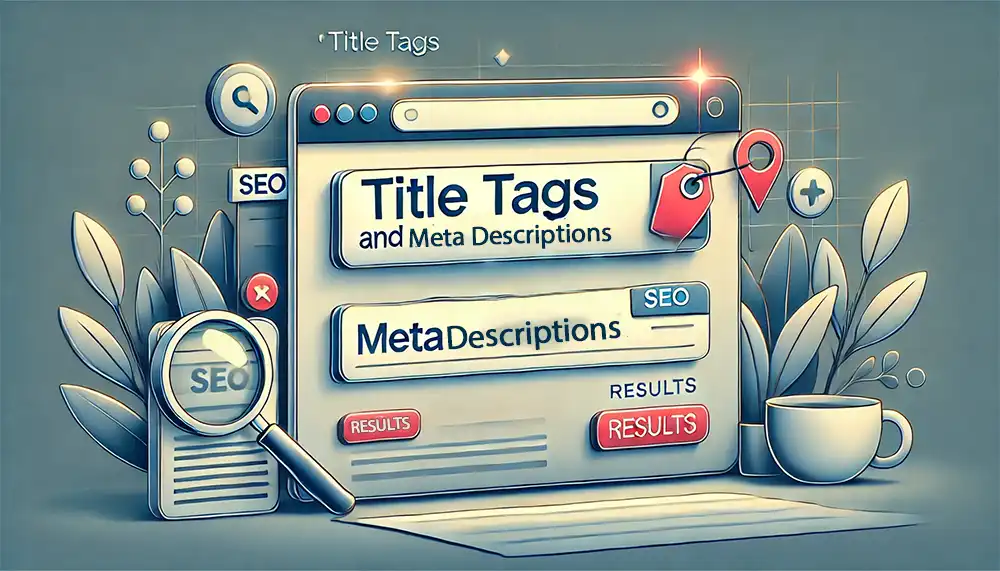
Title Tags and Meta Descriptions
Your title tag is the headline of your page. It’s the first thing users see in search engine results, so it better be catchy! Think of it like the marquee of your Broadway show—if it’s boring, no one’s buying tickets.
To have your website appear in search engine results pages (SERPs), Google needs to understand the content of your page. By incorporating targeted keywords into the title tag of each page (< title >, < / title >), you make it simpler for search engine crawlers to comprehend and rank your website.
For example, if you’re targeting the keyword, “dog daycare wilmington,” you may create the following title tag: “Top Dog Daycare in Wilmington NC | Company Name.”

- Title Tag Best Practices:
- Keep it under 60 characters.
- Include your primary keyword.
- Make it descriptive yet engaging.
Meta descriptions are the supporting cast. They don’t directly impact rankings but they can influence click-through rates. A well-crafted meta description acts as a teaser, enticing users to click on your page.

- Meta Description Best Practices:
- Aim for 150-160 characters.
- Include your primary keyword.
- Provide a clear, concise summary of your content.
Header Tags
Header tags (H1, H2, H3, etc.) are the choreography of your content. They structure your page, making it easy for both users and search engines to navigate. Your H1 tag should be the star, representing the main theme, while H2 and H3 tags serve as the supporting cast.
- Header Tag Tips:
- Use only one H1 tag per page.
- Include keywords naturally.
- Ensure a logical hierarchy.
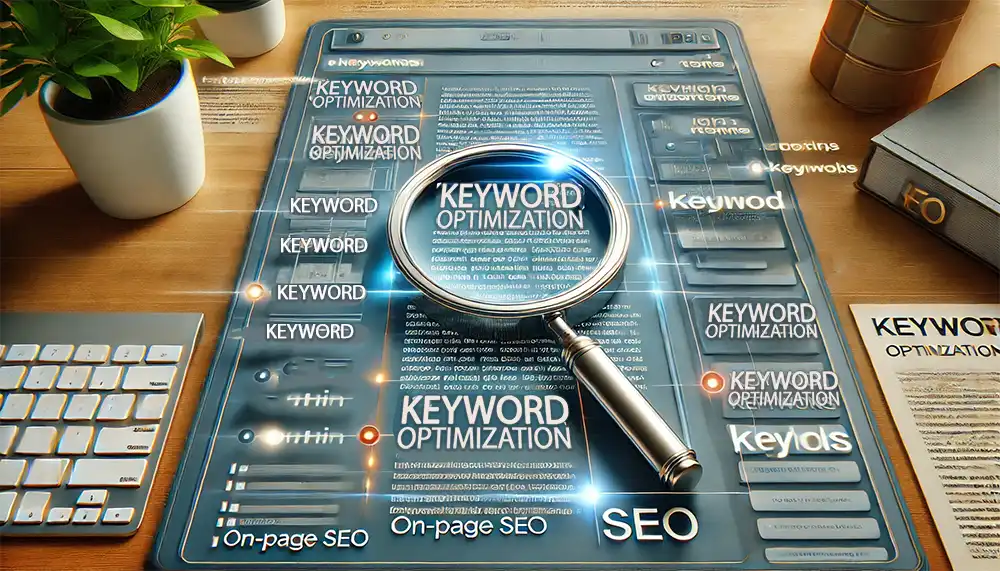
Keyword Optimization
Keywords are the dialogue in your SEO script. They need to be relevant, natural, and engaging. Stuffing keywords is like having your actors shout their lines—annoying and off-putting.
- Keyword Optimization Tips:
- Focus on one primary keyword per page.
- Use long-tail keywords for more specific searches.
- Avoid keyword stuffing at all costs.
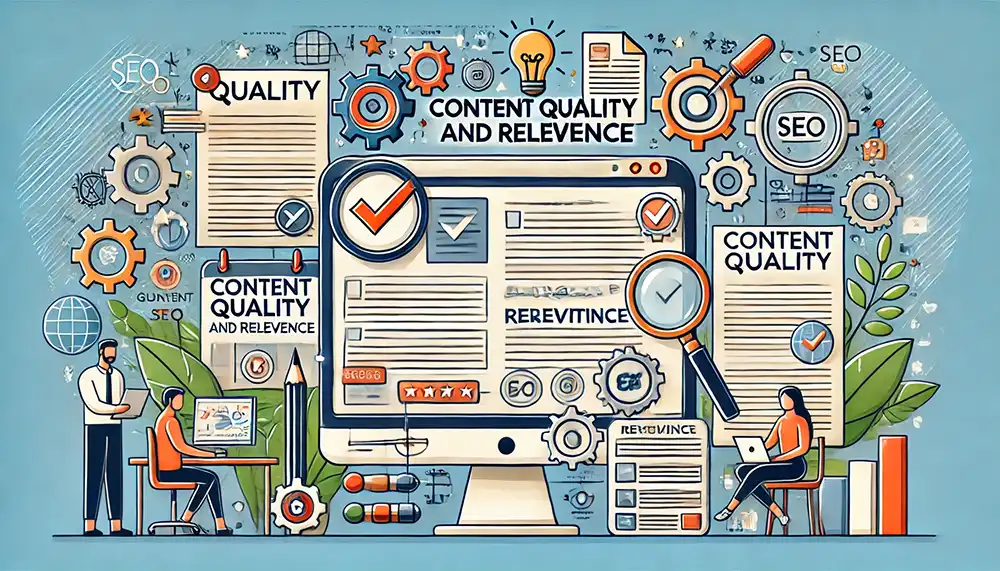
Content Quality and Relevance
If keywords are the dialogue, then content is the entire script. It needs to be compelling, informative, and relevant to your target audience. Google is pretty good at recognizing fluff, so focus on creating value.
- Content Quality Tips:
- Write for humans first, search engines second.
- Aim for comprehensive content that answers user queries.
- Update content regularly to maintain relevance.
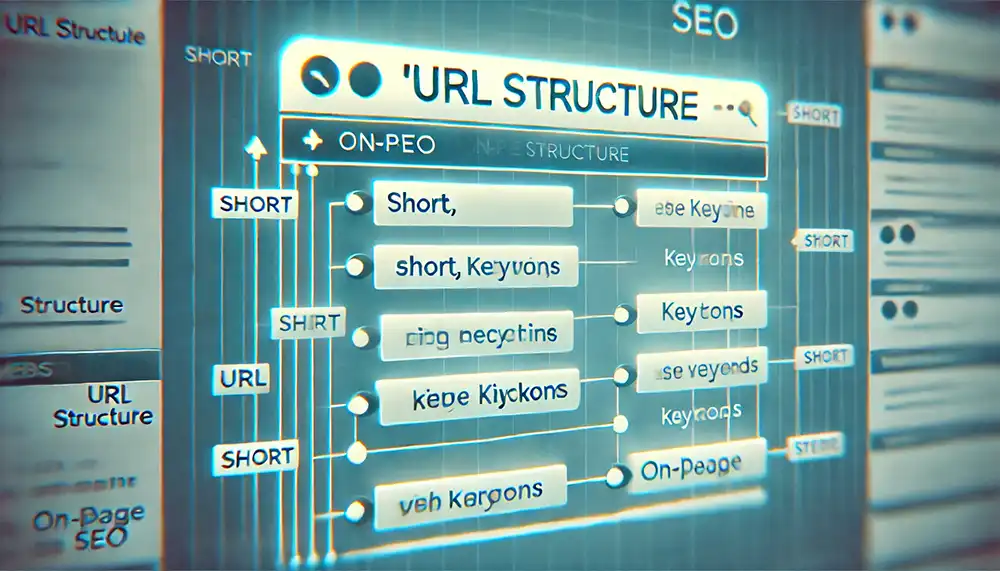
URL Structure
Your URL is like the address of your show’s theater. It needs to be clear, concise, and indicative of the content it leads to. A messy URL is like an unreadable sign outside your venue—no one knows what they’re walking into.
- URL Best Practices:
- Keep it short and descriptive.
- Include your primary keyword.
- Use hyphens to separate words.
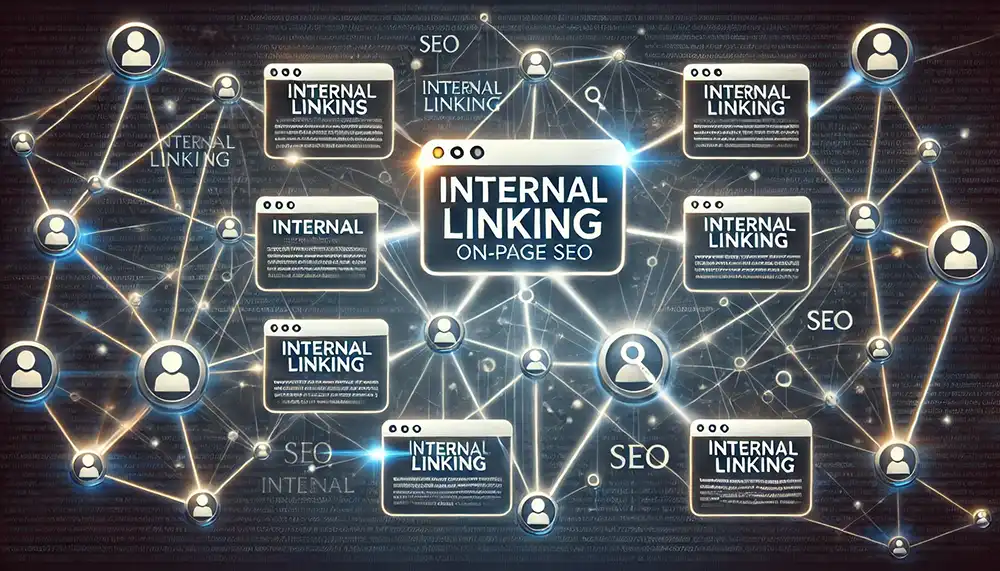
Internal Linking
Internal links are the backstage crew, guiding your target audience from one part of your website to another. They help search engines understand the structure of your site and distribute page authority.
- Internal Linking Tips:
- Link to relevant pages within your site.
- Use descriptive anchor text.
- Ensure a logical flow between linked content.
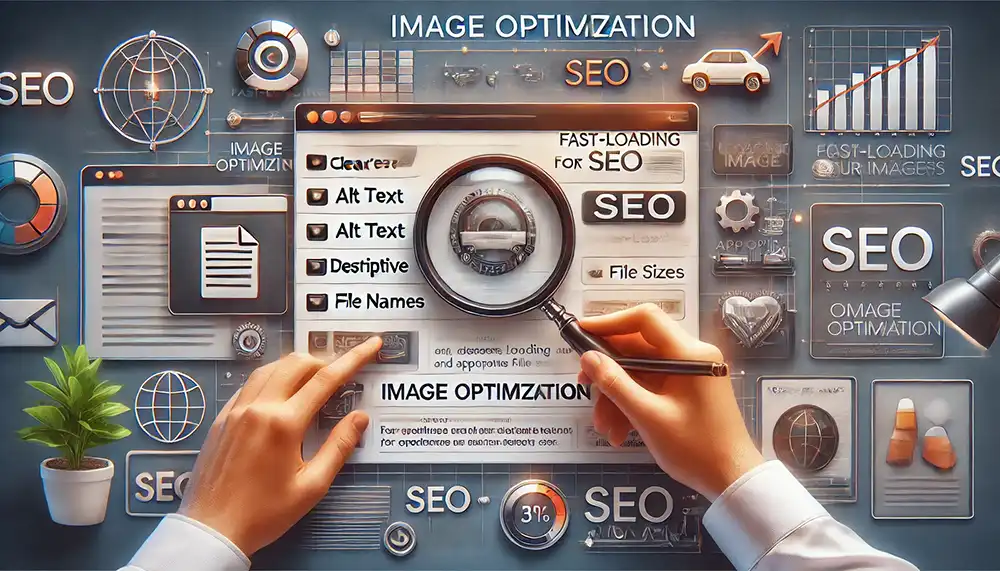
Image Optimization
Images are the set design of your content. They make your page visually appealing, but they need to be optimized to ensure they don’t slow down your site or confuse search engines.
- Image Optimization Tips:
- Use descriptive file names.
- Include alt text with keywords.
- Compress images to reduce load time.

Mobile-Friendliness
In 2024, if your website isn’t mobile-friendly, you’re missing out on the majority of your audience. Think of it as making your show accessible to all, regardless of their device.
- Mobile Optimization Tips:
- Use a responsive design.
- Ensure fast load times on mobile.
- Simplify navigation for smaller screens.
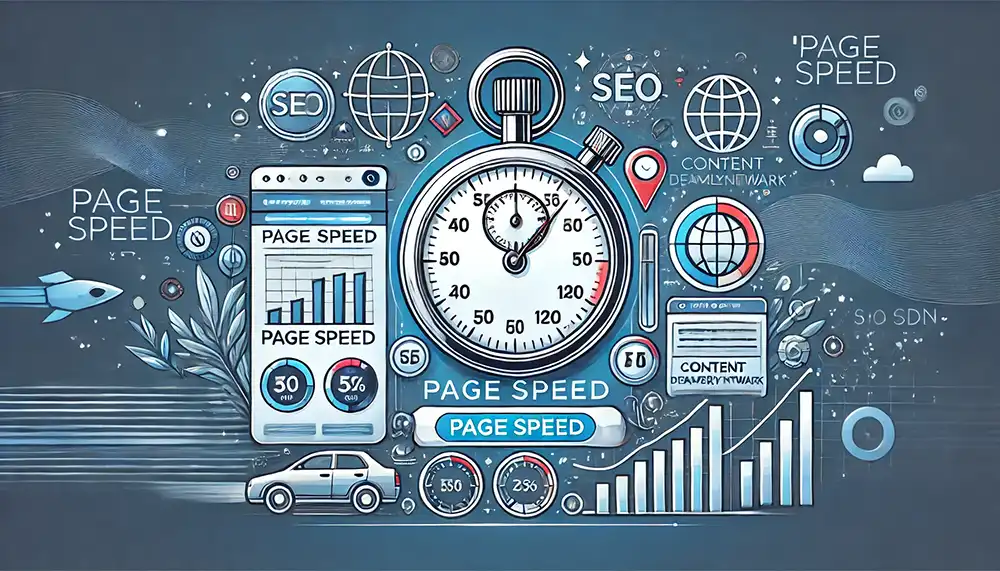
Page Speed
Page speed is the intermission between acts. If it’s too long, your audience might leave. In the world of SEO, a slow page speed can lead to higher bounce rates and lower rankings.
- Page Speed Tips:
- Compress images and files.
- Minimize HTTP requests.
- Use a content delivery network (CDN) for faster load times.
3. How to Do On-Page Optimization in 2024
Now that we’ve met all the characters, let’s talk about how to bring the show to life in 2024. On-page optimization isn’t a one-time task; it’s an ongoing process that requires regular updates and fine-tuning.
Step 1: Start with a Comprehensive Audit
Use tools like Google Search Console, Ahrefs, or SEMrush to analyze your current on-page SEO. Identify areas for improvement, such as missing meta tags, slow page speeds, or poor mobile usability.
Step 2: Optimize Your Content
Ensure that your content is high-quality, relevant, and keyword-optimized. Update old content to keep it fresh and aligned with current trends.
Step 3: Improve User Experience (UX)
Make sure your site is easy to navigate, with a clear structure and logical flow. Focus on mobile-friendliness and fast load times to enhance UX.
Step 4: Monitor and Adjust
Keep an eye on your site’s performance using analytics tools. Be ready to make adjustments based on user behavior and search engine algorithm updates.
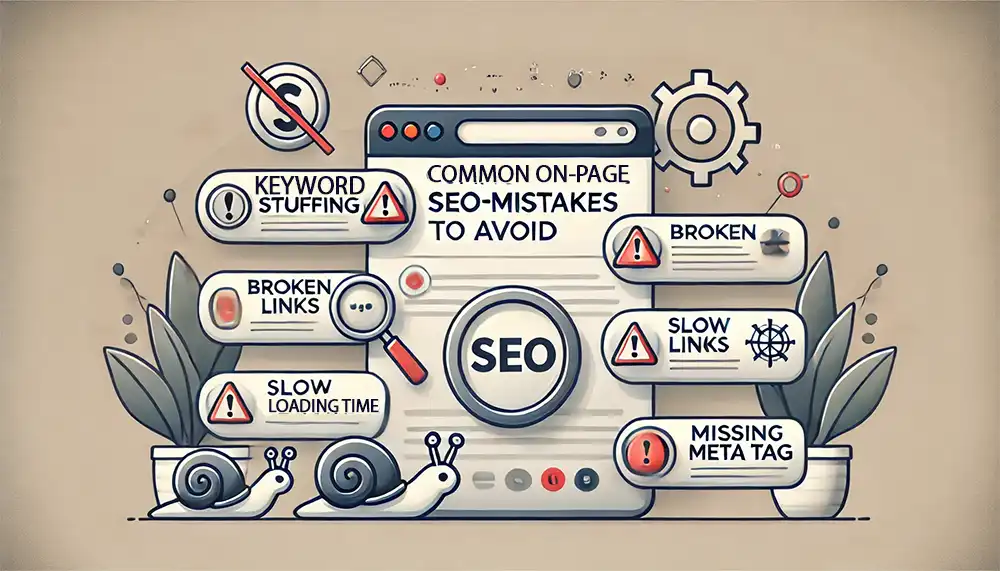
4. Common On-Page SEO Mistakes to Avoid
Even the best actors can flub their lines, and the same goes for on-page SEO. Here are some common mistakes to watch out for:
- Keyword Stuffing: Overloading your content with keywords can do more harm than good. Keep it natural.
- Ignoring Mobile Users: If your site isn’t optimized for mobile, you’re losing out on a huge audience.
- Slow Page Speeds: A slow site can lead to higher bounce rates and lower rankings. Optimize your site’s speed.
- Broken Links: Regularly check for and fix broken links to ensure a seamless user experience.
- Overlooking Meta Tags: Title tags and meta descriptions are crucial for attracting clicks. Don’t ignore them!
5. The Future of On-Page SEO
As we look ahead to 2024 and beyond, the future of on-page SEO is bright, but it’s also evolving. Here are a few trends to watch:
- AI and Machine Learning: AI is playing a bigger role in how search engines rank pages. Content that aligns with user intent will be more important than ever.
- Voice Search Optimization: With the rise of smart speakers, optimizing for voice search is becoming crucial.
- Core Web Vitals: Google’s emphasis on user experience through Core Web Vitals will continue to impact rankings.
- Video Content: Video is becoming a dominant form of content, and optimizing it for SEO is key.
6. Conclusion
On-page SEO in 2024 is both an art and a science. It requires a balance of creativity and technical know-how, all while keeping the user’s experience at the forefront. By focusing on the key elements of on-page SEO—title tags, content quality, mobile-friendliness, and more—you can ensure that your website stands out in the crowded online landscape.
Remember, SEO is not a sprint; it’s a marathon. Keep testing, keep optimizing, and keep your audience in mind. And if you ever feel lost, just come back to this guide, and you’ll be back on track in no time.
Here’s to your SEO success in 2024 and beyond!

